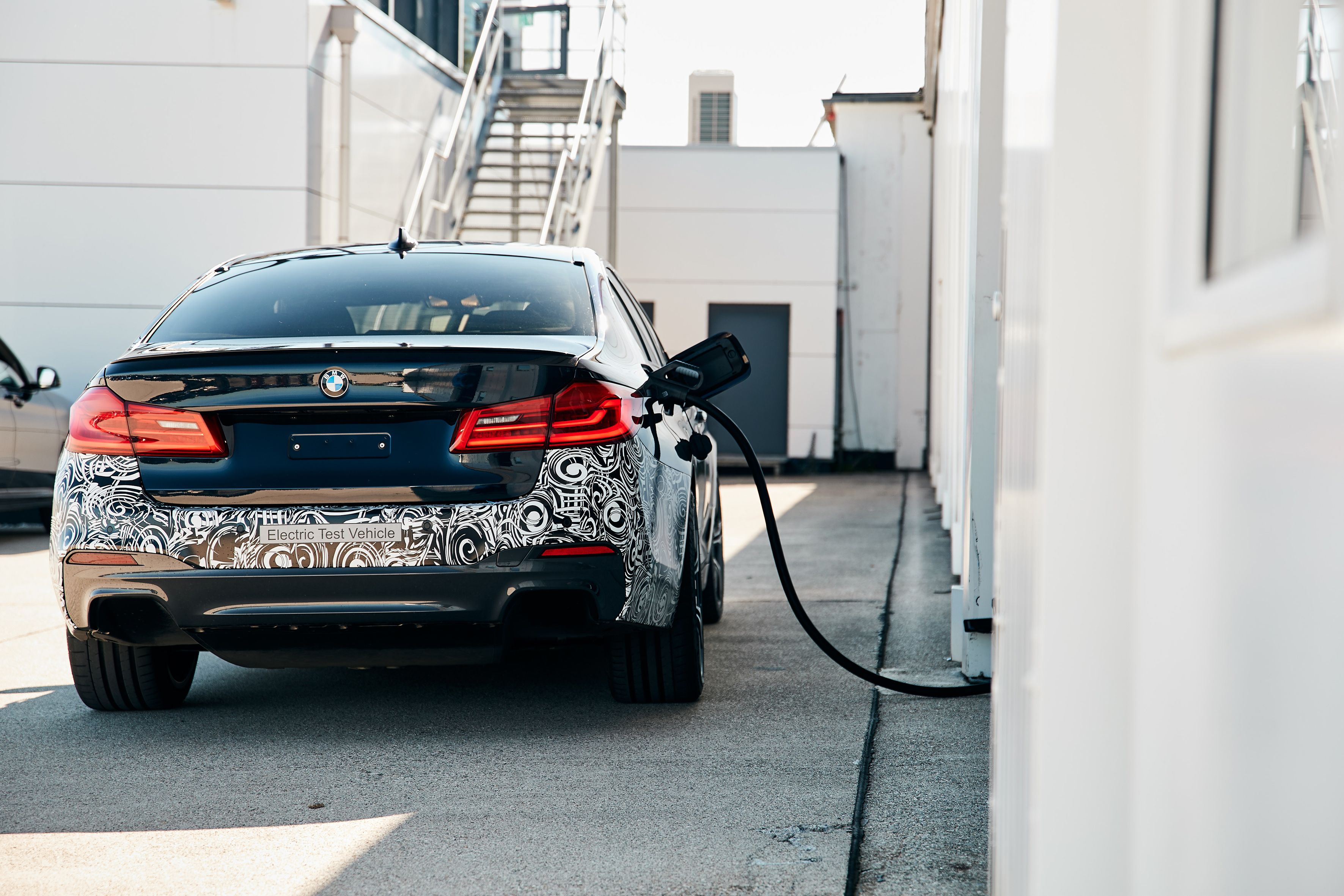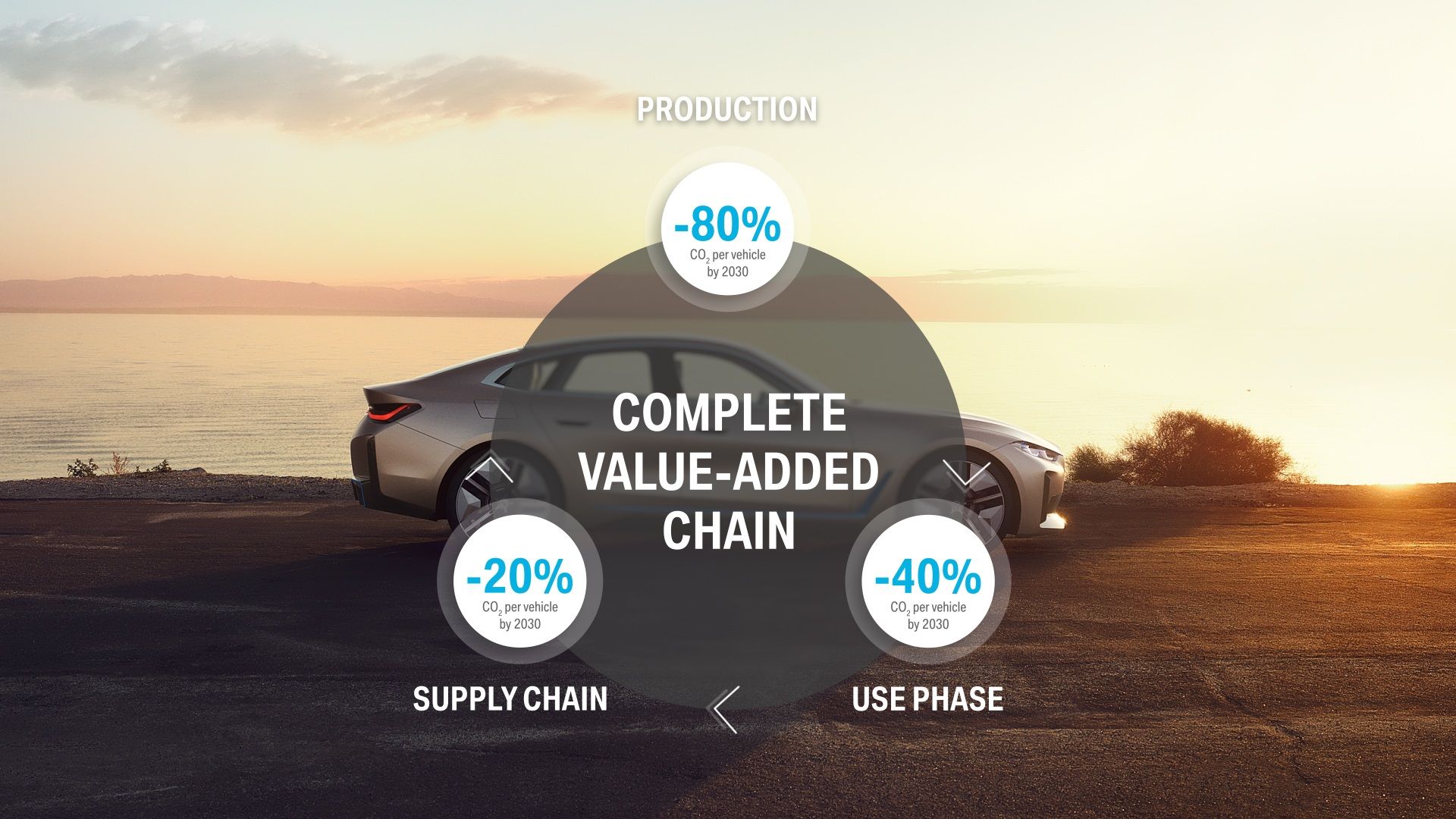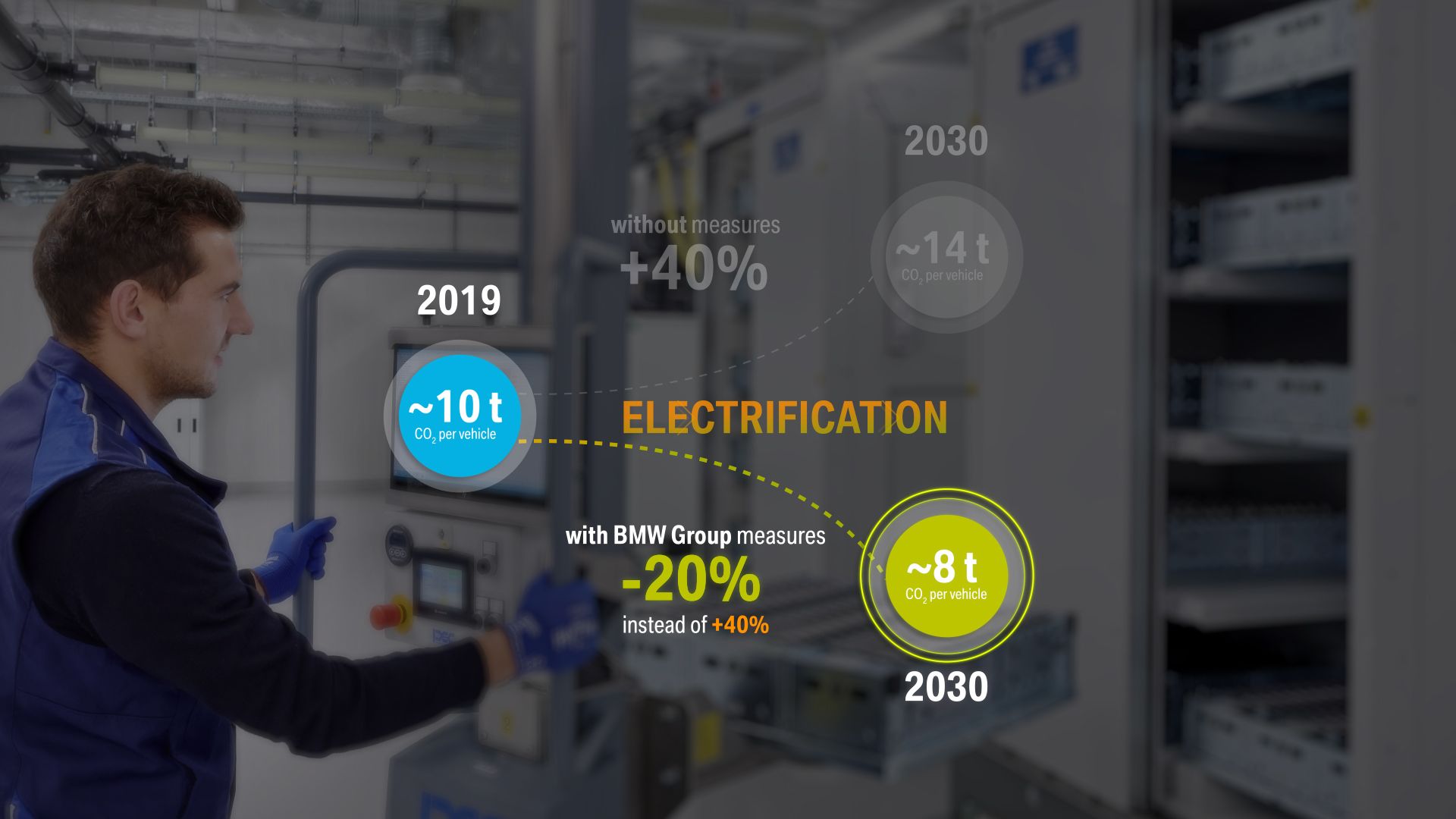BMW recently unveiled the iX3, an all-electric version of the X3 crossover. The iX3 joined the i3 to form the company's small, two-vehicle EV lineup, but BMW just announced plans to expand more into zero-emission territory. The i4 and the iNext are already underway for 2021, but BMW also plans to roll out electric versions of the 5 Series, 7 Series, and X1. The 5 Series is particularly important here, as it will go against the Tesla Model S.
How Much Range will the BMW 5 Series EV have?
The midsize dimensions position the 5 Series EV as a fighter for the mighty Tesla Model S, but will this German sedan have what it takes to compete with the market's greatest and most popular electric sedan? Performance and range are the keys here, so let's have a look at what the 5 Series might offer.
But what about range? The iX3 returns 460 km (285 miles) on the new WLTP test cycle per single charge. Again, that's a solid figure for a modern EV, but it's far below what Tesla offers. In Europe, the Long Range model is rated at 610 km, while the Performance version returns 593 km, so both are capable of at least 130 km more than the crossover. In order to compete with the Model S, BMW needs a secondary layout with a bigger battery capable of more than 500 km. And this is achievable because BMW has at least one more year to develop better, more efficient batteries for its upcoming electric models.
What will BMW call the 5 Series EV?
Since the electric version of the X3 was launched as the iX3, it's safe to say that the all-electric 5 Series will sport an i5 badge. It may seem a bit unusual since BMW used the i3 and i8 badges on unique vehicles that do not share features with regular cars, but it seems that the Germans are going for a new strategy.
BMW is reducing CO2 in every department
The German company will expand its electric car lineup, but it's also working on reducing CO2 emissions at its production sites too. And that's even more important because while EVs do not emit CO2, their production process pollutes just as much (or even more if we include battery production) as regular gasoline and diesel cars. BMW is aiming to reduce CO2 emissions per vehicle by at least one third across the entire spectrum. This means that for a fleet of around 2.5 million vehicles, the reduction will account for more than 40 million tonnes of CO2 over the life-cycle in 2030.
All BMWs are switching to electrification



